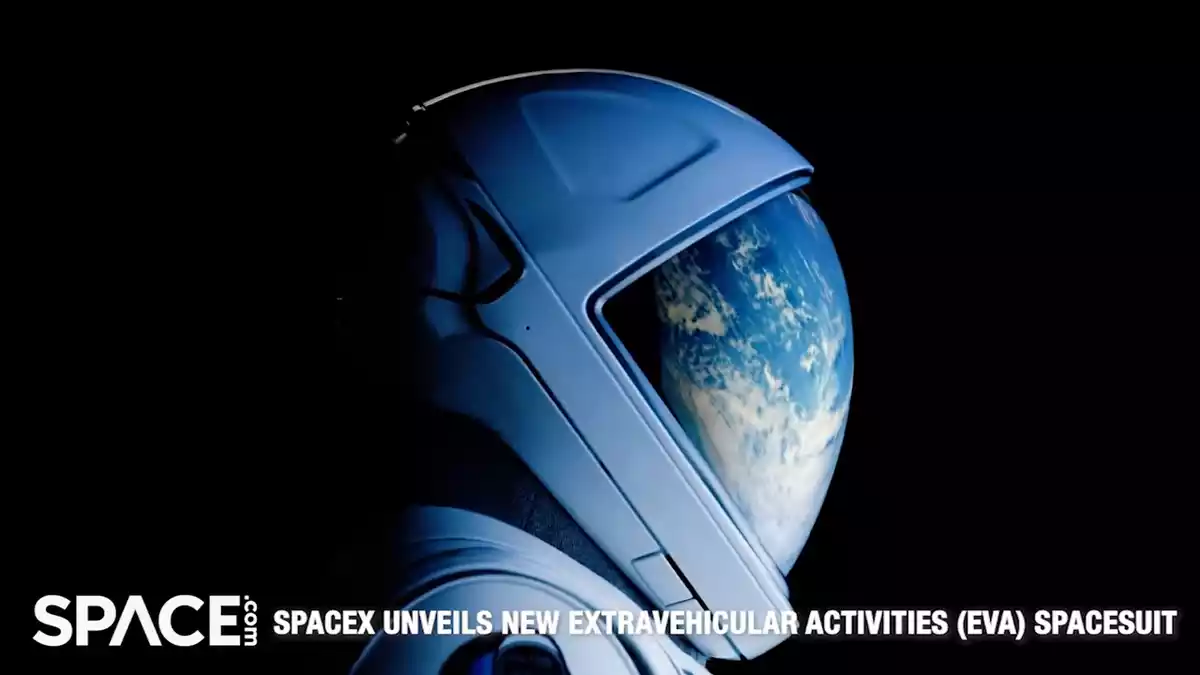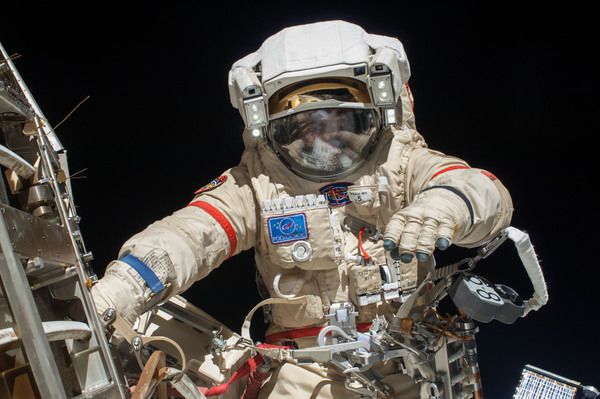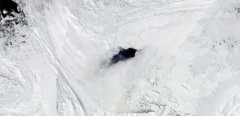Recently, NASA's Juno spacecraft made several extremely close flybys of Io, the most distant of Jupiter's four Galilean moons. Jupiter's natural satellite is the most geologically active body in the Solar System, with 400 active volcanoes. Juno team members used data from recent observations to reconstruct some intriguing features on Io's surface.
Meet Loki Patera, the largest volcanic crater on Io. This is a huge lava lake. On Earth, it would be the 13th largest lake in the world. In the middle of the lake there is an island rising from the surface. This in itself is extreme, but it is not even the strangest feature of the lake.
Io is a volcanic hell, but its atmosphere is so rarefied that even lava cannot warm the place. The surface temperature of the Moon is well below the freezing point of water – cold enough that the sulfur dioxide that erupts from its volcanoes falls as snow back onto the Moon. Thus, the surface of the lake is alternately in a liquid state, then in a solid state. And the understanding of the solid state came directly from Juno.
Unlike how we often imagine frozen lava on Earth, the surface of Loki Pater is not jagged black rock. It is smooth as glass and more like obsidian, another volcanic mineral. And the entire surface of the planet can be just as smooth. It is certainly smoother than the other large moons of Jupiter with their cracked icy surfaces. However, there are some features that stand out, literally in the case of the so-called Spire Mountain.
"Io is literally littered with volcanoes, and we caught several of them in action," Juno principal investigator Scott Bolton said in a statement. “We also got some great close-ups and other data on the 200-kilometer (127-mile) lava lake called Loki Patera. There's amazing detail showing these crazy islands embedded in the middle of a potentially magmatic lake bordered by hot lava. The mirror image of the lake captured by our instruments suggests that some areas of Io's surface are as smooth as glass, reminiscent of volcanic obsidian glass on Earth."
Juno's mission has been significantly extended from original plans as the spacecraft continues to do amazing work. The mission team was able to fly past the moon a little more daringly, and also get closer to Jupiter's north pole than ever before. These observations solve long-standing mysteries about Jupiter's atmosphere and how its storms move and evolve.
Bolton presented these and other Juno results during a press conference at the European Geophysical Union General Assembly in Vienna.


 203
203












